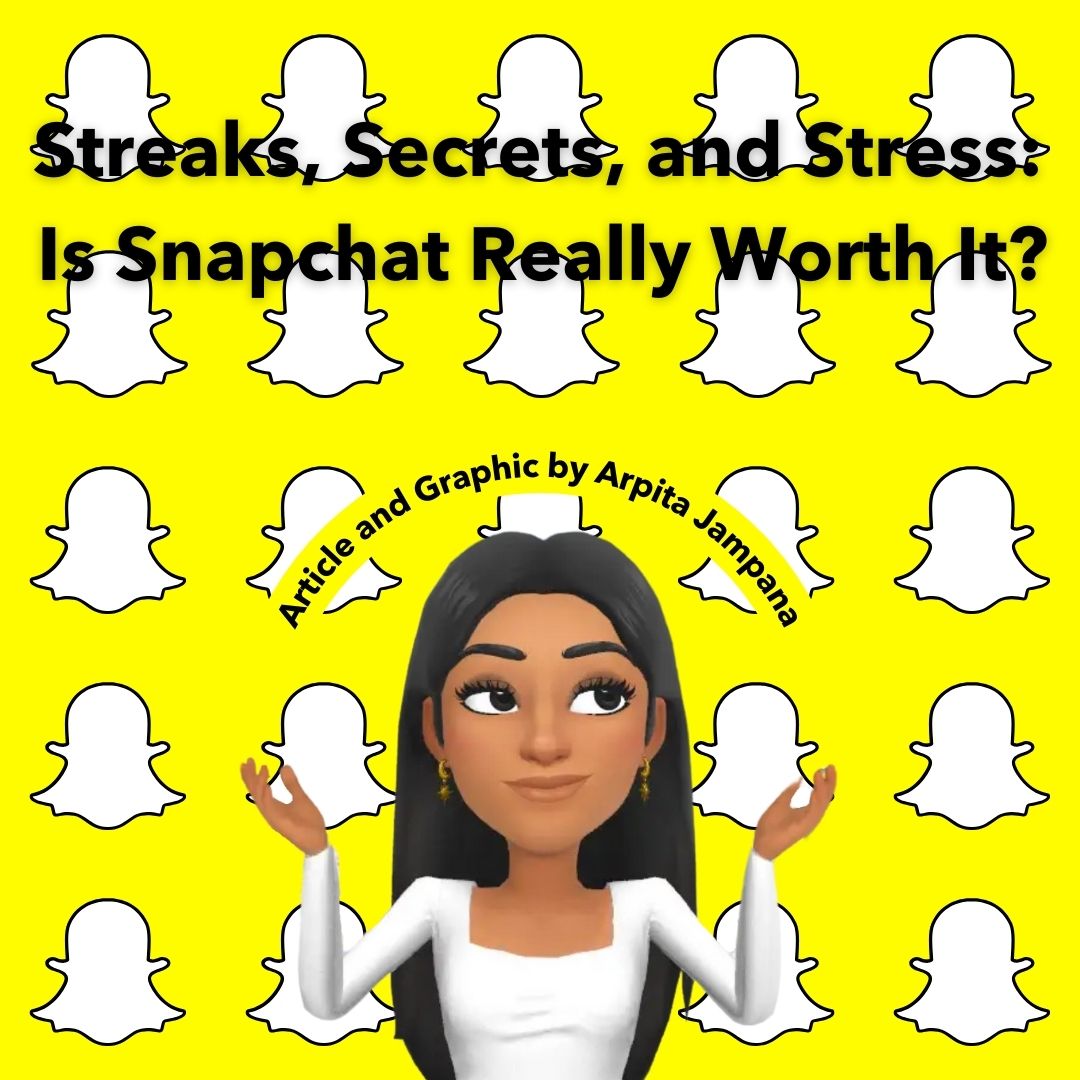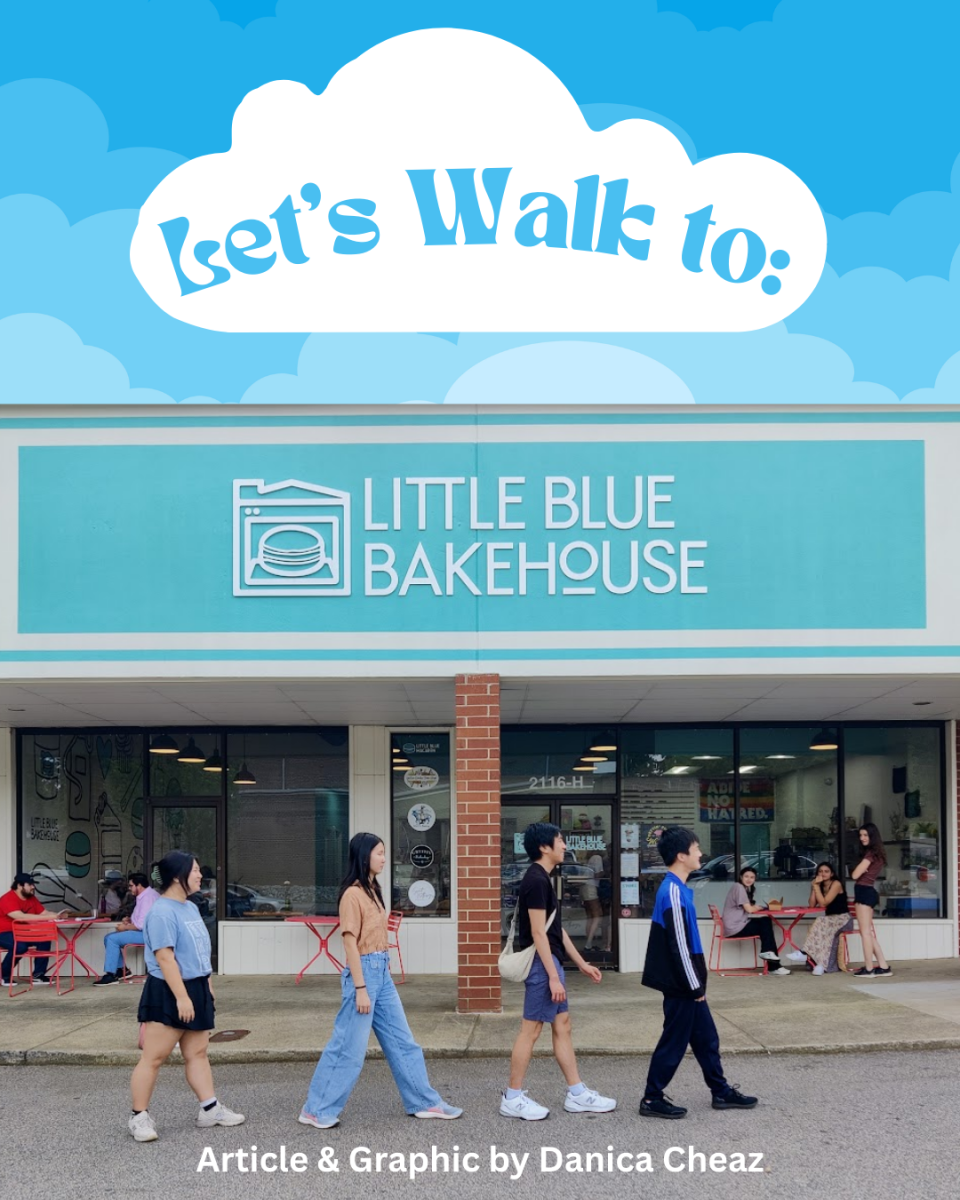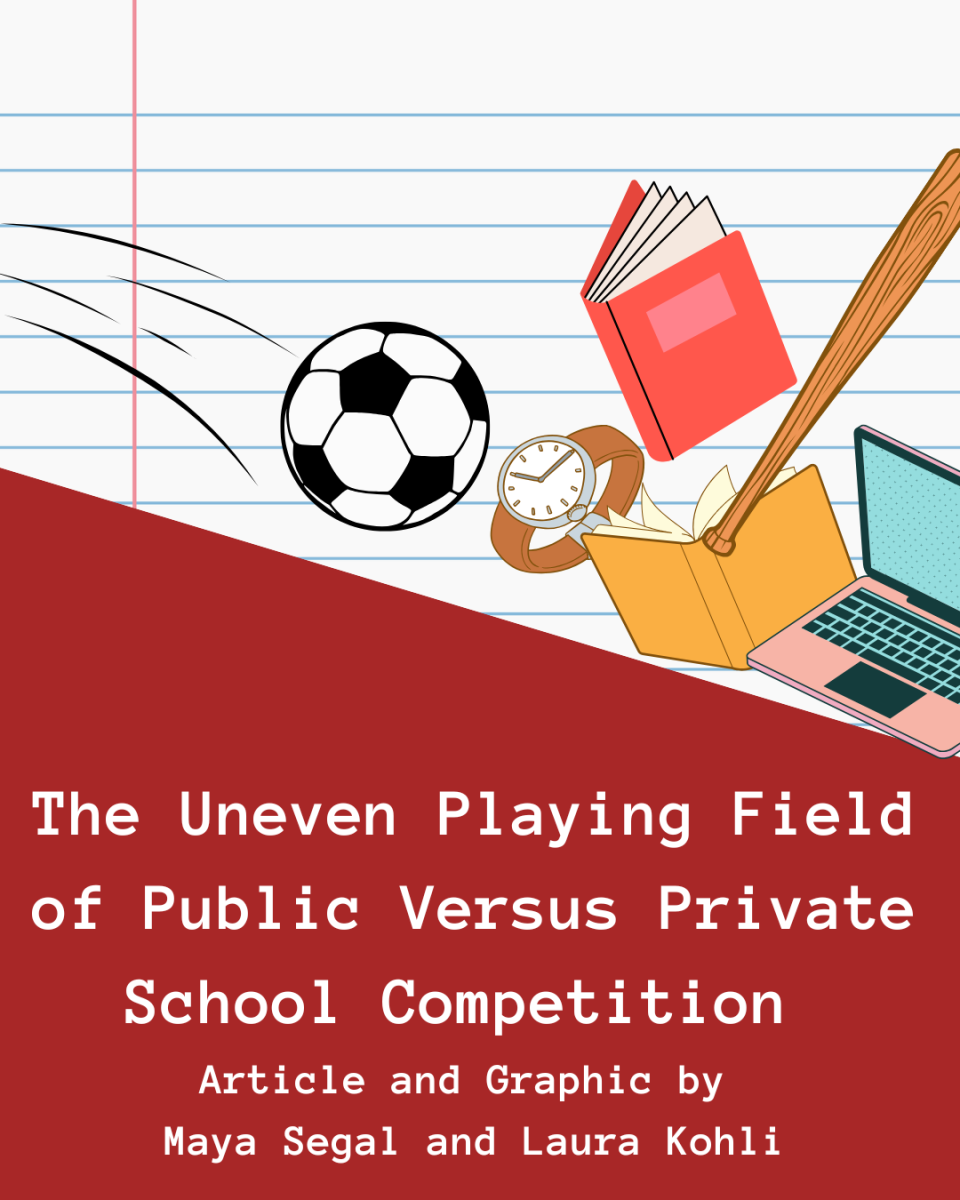The app Snapchat is a commonly used social media service that allows people to connect with their friends and family through “Snapping,” or taking pictures. As of January 2025, “Snapchat has had 800 million monthly active users worldwide, including 414 million daily active users,” with an average of over 4.75 billion Snaps being created daily. However, due to the many Snapchat features that greatly breach user privacy, the app poses significant risks, making it a harmful platform for users, especially teenagers.
Snapchat has many unique features that distinguish it from other social media apps, rendering it a popular choice among users. These features include:
- Snapstreak: A number that represents the number of consecutive days users have exchanged Snaps with a person on their Friends list. As long as two users keep exchanging at least one set of Snaps each day, their streak will continue to grow.
- Disappearing messages: The Snapchat servers are designed to automatically delete all one-on-one and group chat Snaps after they’ve been viewed by all recipients. However, in one-on-one conversations, either person can set Snaps to delete after 24 hours in the conversation.
- Snap Map: This allows users to see their Friends’ recent and current locations, much like sharing locations on Apple Maps.
- Filters: Design overlays that layer on top of Snaps. They can add color effects, show location and activity information, and more.
One of my proudest accomplishments is that I have never downloaded Snapchat. I have had TikTok since I was around eight years old, and Instagram since I was 12. I used to think having Snapchat made you “cool,” and I begged my parents to let me get it, but they always denied my requests. At the time, I felt like I was missing out, but as I grew up, I realized why they said no. Unlike other social media apps, where content is typically permanent or at least recoverable, Snapchat thrives on the idea that messages disappear. This creates a level of secrecy that feels unsettling, especially for an app so popular among teenagers. For example, anyone could pose as a teenager and add an unsuspecting user, send them a friendly message, and slowly build trust. Since Snapchat automatically deletes messages after they’re viewed, there would be no record of the conversation, making it easier to manipulate or pressure the teen into sharing personal information or inappropriate images. While other platforms certainly have their downsides, Snapchat seems uniquely designed to encourage impulsivity and reckless behavior, especially from teens, under the illusion that nothing will have lasting consequences. In reality, Snapchat isn’t as safe as one may think, as messages can still be saved through screenshots, screen recordings, or third-party apps, meaning that nothing truly disappears.
The idea of “disappearing messages” is one of the most suspicious parts of Snapchat. Why are Snaps set to automatically delete? Teenagers could be doing all kinds of things they shouldn’t be (morally and legally), and Snapchat condones, if not promotes it, by deleting the evidence. The Snap Map is almost as bad, because teenagers should have little to no reason to share their location with people all around the world, especially for prolonged periods of time like on the Snap Map. Teenagers should only be giving their location to their family for safety reasons, but Snapchat completely overlooks this by allowing users to share their location with anyone on their Friends list. This could include acquaintances or even strangers, putting them at risk of stalking, harassment, or other dangers. However, the most damaging feature of the app is undoubtedly Streaks. They are completely useless, as they make conversations feel transactional rather than meaningful. Streaks push people to send pointless Snaps just to maintain a number, rather than actually engaging in real friendships. Streaks can also lead to a constant social comparison between users and the perceived need to stay active on Snapchat, furthering addiction and other potential mental health problems.
Some argue that Snapchat is good for teenagers because it allows them to connect and have fun with Streaks and filters, and it can be highly engaging. However, users often return to the app over 30 times per day, causing unnecessary addictions. Studies have shown that apps designed around short-lived content and instant feedback, like Snapchat, increase the desire for constant gratification and validation from other users. Excessive Snapchat use can come from a sense of urgency to present a certain self-image and receive validation for it, which can deteriorate the mental health of today’s teenagers. Many users feel pressured to maintain a curated version of themselves, constantly sending photos just to keep up appearances. This endless loop can lead to anxiety, lower self-esteem, and an unhealthy reliance on social media interactions rather than real-life relationships.
Many teenagers themselves recognize the app’s negative effects but feel trapped by the social pressure to keep using it. On other social media platforms, teenagers commonly comment and post videos asking, “When are we going to delete Snapchat?” or saying, “I wish we could go back to the days when no one used Snapchat.” Snapchat creates a culture of dependence that can be difficult to escape. The fact that so many young users are openly questioning its value speaks volumes about its impact on mental health and social well-being.
At the end of the day, social media should be a tool for meaningful connection, not a source of stress, pressure, or secrecy. While Snapchat may offer entertainment and convenience, its design encourages unhealthy habits that can take a toll on users, especially teenagers. Society should prioritize real-life relationships and communication that aren’t dictated by an app, and if so many teenagers already wish they could break free from Snapchat, maybe it’s time to seriously consider whether the app is truly worth it.







![What Do We Do [AI]bout This?](https://enloenews.org/wp-content/uploads/2025/04/what-do-we-do-aibout-this.jpg)